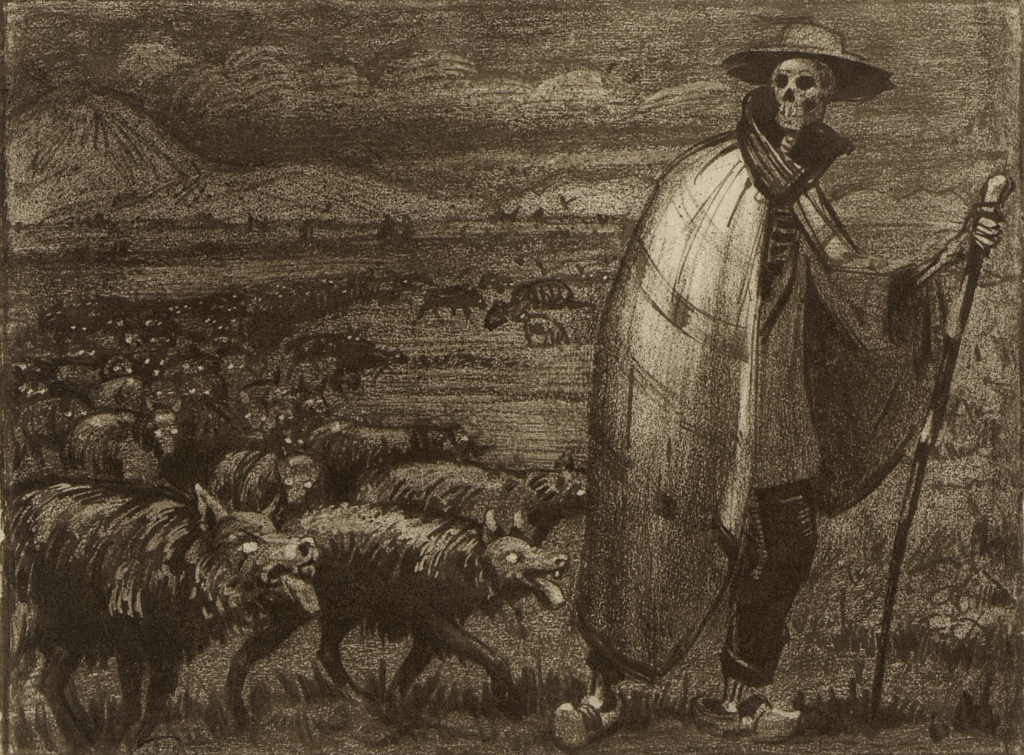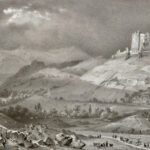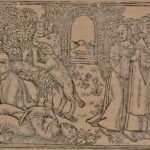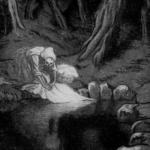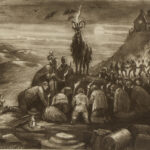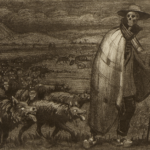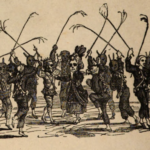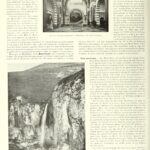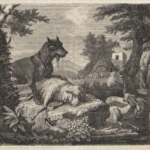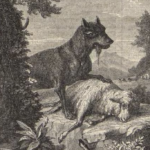“Among the Auvergnats a host of tales and legends has grown up, including circumstantial accounts of wizard meetings on the puy de Dôme, stories of curious and unaccountable phenomena of earthquakes, each attributed to some occult power and giving rise to bloodcurdling narrations about ghosts and ghouls…”
-E.C. Vansittart
In his iconic Gothic novel Dracula (1897), Bram Stoker portrayed Transylvania as “one of the wildest and least known portions of Europe”. Stoker had, of course, read of the region’s wolf-haunted forests and lonely mountain passes. To his romantic turn of mind, there was no better place to situate the master vampire’s comital castle than in the heart of a land that seemed like a relic from a lost age. Through Dracula, Stoker helped to popularise the idea that Transylvania was a European epicentre for occult and supernatural happenings. Yet well before the book’s publication, some writers accorded that reputation not to Transylvania, but to Auvergne.
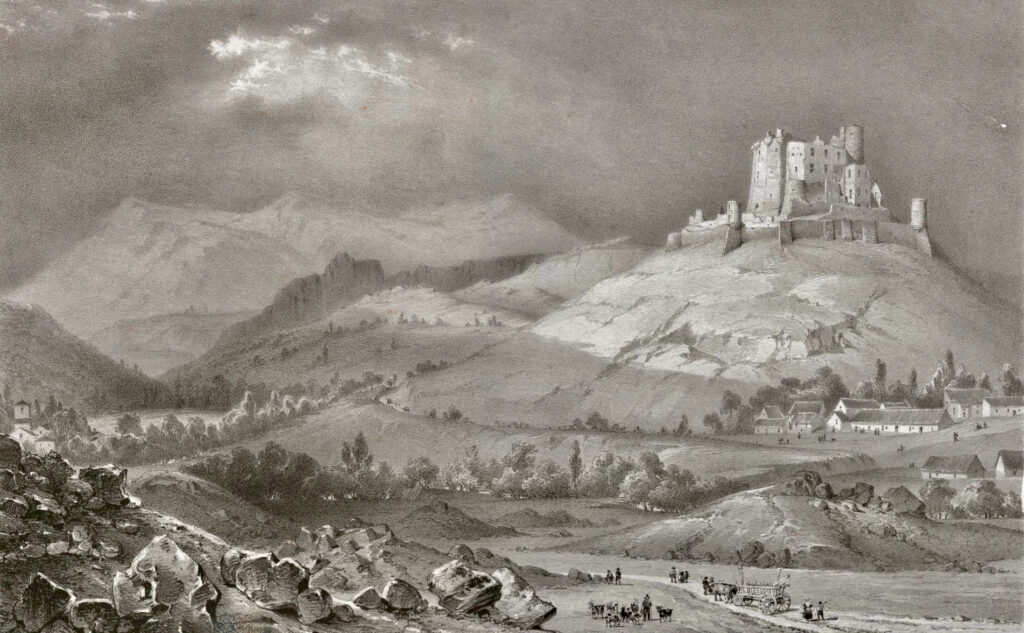
The French diplomat François-René de Chateaubriand, for example, said that during his youth in 1770s Brittany he formed the impression that Auvergne was “a country far, very far off, where strange things were to be seen, and where one could not travel but with great danger and under the safeguard of the Mother of God”. Other authors writing in the mid-nineteenth century, such as Louisa Stuart Costello, wrote of Auvergne’s deep association with fairies and werewolves. Costello was widely travelled, and took inspiration both from real-life accounts of wolf attacks and from folkloric stories featuring various Auvergnat spirits like the shape-shifting Drac. Auvergne’s annals are full of such weird tales but most remain little-known.
The following collection of legends is an introduction to “Occult Auvergne” — a night-side country of elfin beings, dark magic, and devil-ridden lakes. Let these stories, like a Narnian portal, transport you away from the working-day-world and into the the “goblin days” of Old Auvergne.
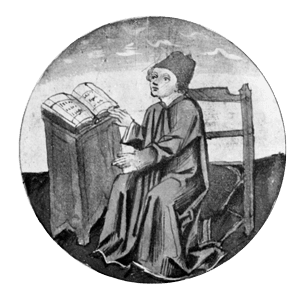
The Werewolf Night-Watch
To paraphrase the French eighteenth-century writer Étienne-Léon de Lamothe-Langon, Auvergne in olden times was the sort of place that had “more wolves than neighbours”. Sparsely populated until the twentieth century, the hamlets and towns were often separated by dense forests and imposing mountains that sustained thriving populations of wildlife. In this context, the wolf — a frightening but very real presence — became a powerful, sometimes supernatural force in local folklore.
In Auvergnat culture, the werewolf — or loup-garou — was generally an invulnerable, half-human beast that killed children and livestock when under the influence of the moon. In some tales, the werewolf was slightly more sophisticated and occasionally acted as a conscious emissary of the Devil himself. Curiously, however, the Auvergnat werewolf was not always a malevolent figure.
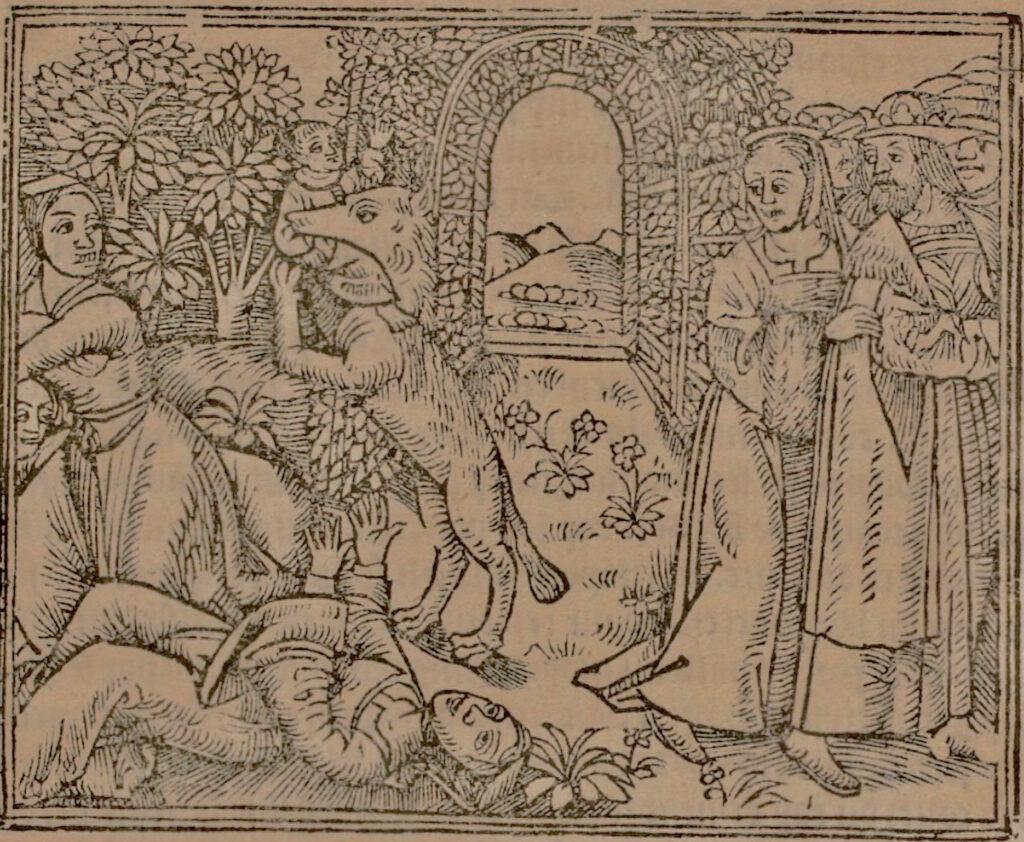
In his article “L’Auvergnat” (circa 1840), French statistician and civil servant Alfred Legoyt made the startling admission that an associate of his — an Auvergne resident — had recently encountered two “werewolf acolytes” while he was making his way home during a storm. The storm had completely disrupted his transit, leaving him hopelessly disorientated. Fortunately for him, the werewolf night-watch was on the job. With their flaming eyes, the acolytes du loup-garou guided the man back to the road. When he arrived home, he tried to thank his travelling companions, but they had already disappeared (called, one would suspect, to another distress signal elsewhere in the Auvergne highlands).
The Washerwoman of Meymont
In her two-volume travelogue A Pilgrimage to Auvergne (1842), Costello described a curious legend involving a well-wooded section of the Dore river near the village of Meymont. According to Costello, the rocky riverbank was haunted by the Laveuse de nuit, the “Midnight Washerwoman”. On moonlit nights, this entity could be seen washing and rubbing clothes with a “blue magical stone”. Travellers who offered to helped her with the laundry would be rewarded with pearls and sapphires that vanished at the first sign of daylight.
The laveuse apparently hated bad manners, which meant that anyone who refused to lend a hand was promptly dealt with and thrown into the river. The fate of those who were wishy-washy, however, was far worse. “If you hesitate,” wrote Costello, “she maliciously wrings the clothes the same way as you do, and your arm begins instantly to swell in a frightful manner; she then throws down her work, falls on you, breaks your arm and runs off with loud laughter.”
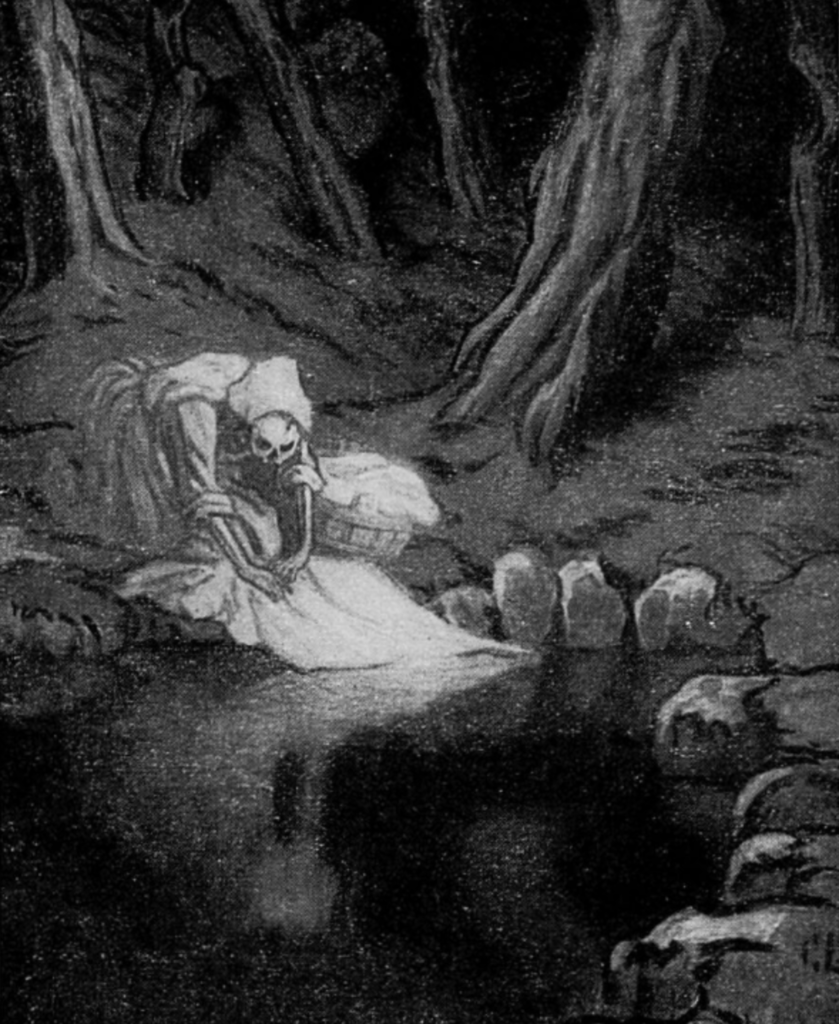
A Foiled Demonic Attack
Another water-related occult tale appears in the Liber in gloria confessorum (Glory of the Confessors)– a tome by the sixth-century Frankish historian, Gregory of Tours. According to Gregory, a priest who was travelling through the Limagne plains around the year 580 ended up spending the night in the home of a local peasant. In the morning, before the peasant set off to gather lumber, the priest blessed his bread. The peasant scooped up the bread and took it with him to work. Later that day, the peasant prepared his logs and oxen then proceeded to ferry across a river. When he was halfway across he heard an invisible voice — presumably a demon — say: “Drown him! Drown him! Be quick about it!” A separate voice then moaned that they could not harm him on account of the blessed bread. After this short exchange, the peasant completed the river crossing without further incident and immediately gave thanks to God, knowing that he had only narrowly escaped being dragged to a watery grave.
The Underground Orgy at Saint Pourcain
Tradition has it that an area beneath medieval Sanctum Porcianum (modern-day Saint-Pourçain-sur-Sioule) in Allier was once the meeting place of a strange secret society involving orgiastic rituals and Lucifer himself. The story first came to light via the writings of the thirteenth-century Dominican friar Stephen of Bourbon, who relied on the testimony of an alleged eyewitness. According to the eyewitness, local men and women regularly met in a torch-lit underground chamber and carried out sacred rites around a basin of water. During these rites, Lucifer appeared in the form of a monstrous cat. The ceremony concluded with the “extinguishing” of the candles, after which all attendees engaged in a massive orgy.
The Sorcerous Coven of puy de Dôme
Every Olympus has its gods, and during the Renaissance and afterwards the puy de Dôme was said to play host to a sixty-strong pantheon of witches and sorcerers. The members of this coven of sorts were — according to one witness — required to report on their maleficent magical activities. They worshipped a Satan in the form of a goat, with whom initiates of the order sometimes engaged in intercourse.
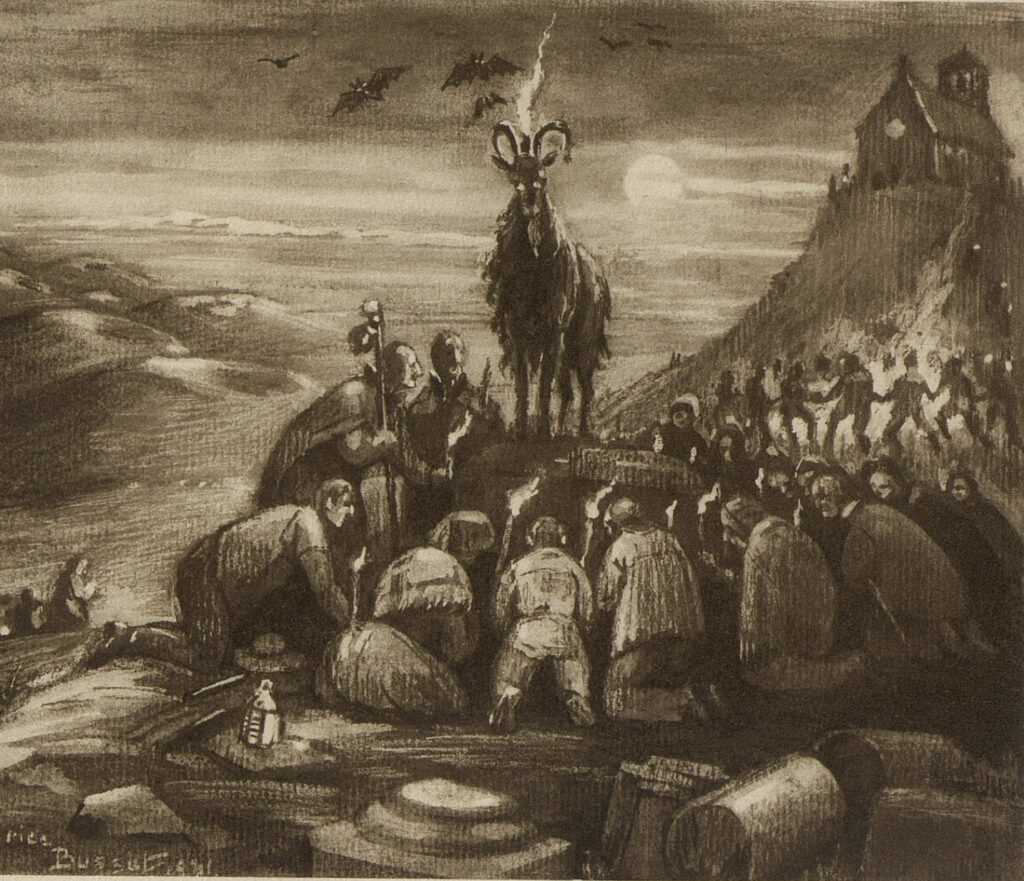
To receive more information on “Occult Auvergne” — sign-up for our newsletter!



